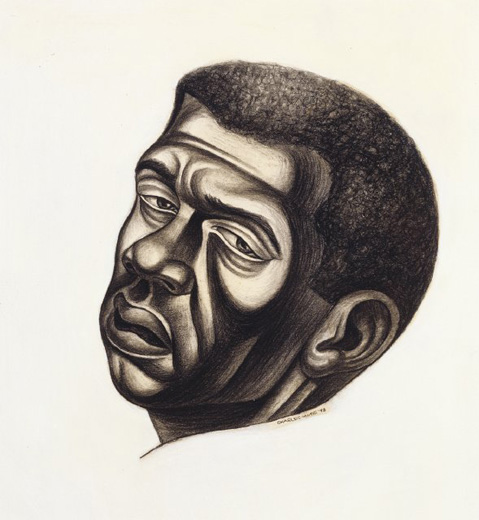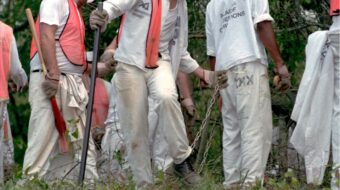
On June 18, 1822, slave revolt leaders Denmark Vesey, Peter Poyas and others were arrested in South Carolina.
Vesey is believed to have been brought to the Carolinas as a teenager by a slave trader named Joseph Vesey in 1781. He was able to win a lottery and use the money to buy his freedom in 1799, but he could not afford to buy freedom for his wife and children, who remained in slavery. After gaining his freedom Vesey opened a carpentry shop in Charleston, S.C.
Vesey co-founded an African Methodist-Episcopal Church in 1816, which was suppressed by the white authorities four years later.
Together with a slave named Peter Poyas, Vesey began planning a rebellion of slaves, former slaves and free blacks to coincide with Bastille Day celebrations in Charleston on July 14, 1822. Vesey reportedly modeled his rebellion after the successful 1791 slave revolution in Haiti. But two of the slaves involved leaked details of the plot before it could be implemented. Charleston authorities arrested Vesey, Poyas and 129 others, charging them with conspiracy. Of the 131, 67 were convicted and 35 were hanged, including Vesey and Poyas.
The Charleston court condemned Vesey as “the author, and original instigator” of a “diabolical plot…to trample on all laws, human and divine; to riot in blood, outrage, rapine…and conflagration, and to introduce anarchy and confusion in their most horrid forms.”
Abolitionist Thomas Wentworth Higginson, writing nearly 40 years later, accepted the court’s assertions in of a rebellion plot but from a different angle, calling Vesey an example of heroic African American agency in attempting to strike a blow for freedom: “That a conspiracy on so large a scale should have existed … and yet have been so well managed … shows extraordinary ability in the leaders, and a talent for concerted action on the part of slaves generally with which they have hardly been credited.”
Some historians now disagree over the extent of Vesey’s plans and even about whether a rebellion was actually being organized. In 2001, historian Michael P. Johnson concluded that the Vesey rebellion was a figment of the white slave power’s imagination, but in his view the African Americans who pled not guilty and additionally refused to provide false testimony against other blacks – including Denmark Vesey himself – represent the truly heroic resisters of slave society.
Vesey was hailed as a hero by abolitionists during the Civil War, including Frederick Douglass. Douglass used Vesey’s name as a rallying cry in recruiting and inspiring African American troops, including the 54th Massachusetts Infantry.
Image: No one knows what Denmark Vesey really looked like. This portrait, done by African American artist Charles White in 1943, is in the Gibbes Museum of Art, Charleston, S.C. It was a study for a large mural titled “The Contributions of the Negro to American Democracy.”












Comments